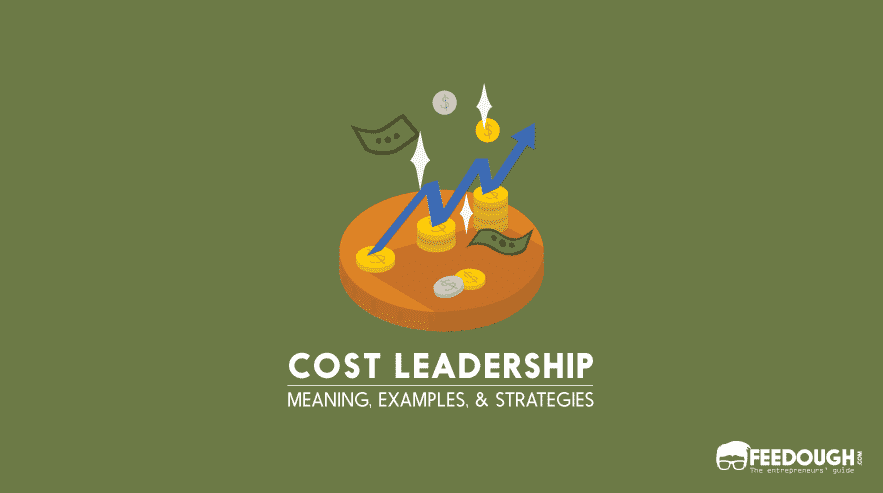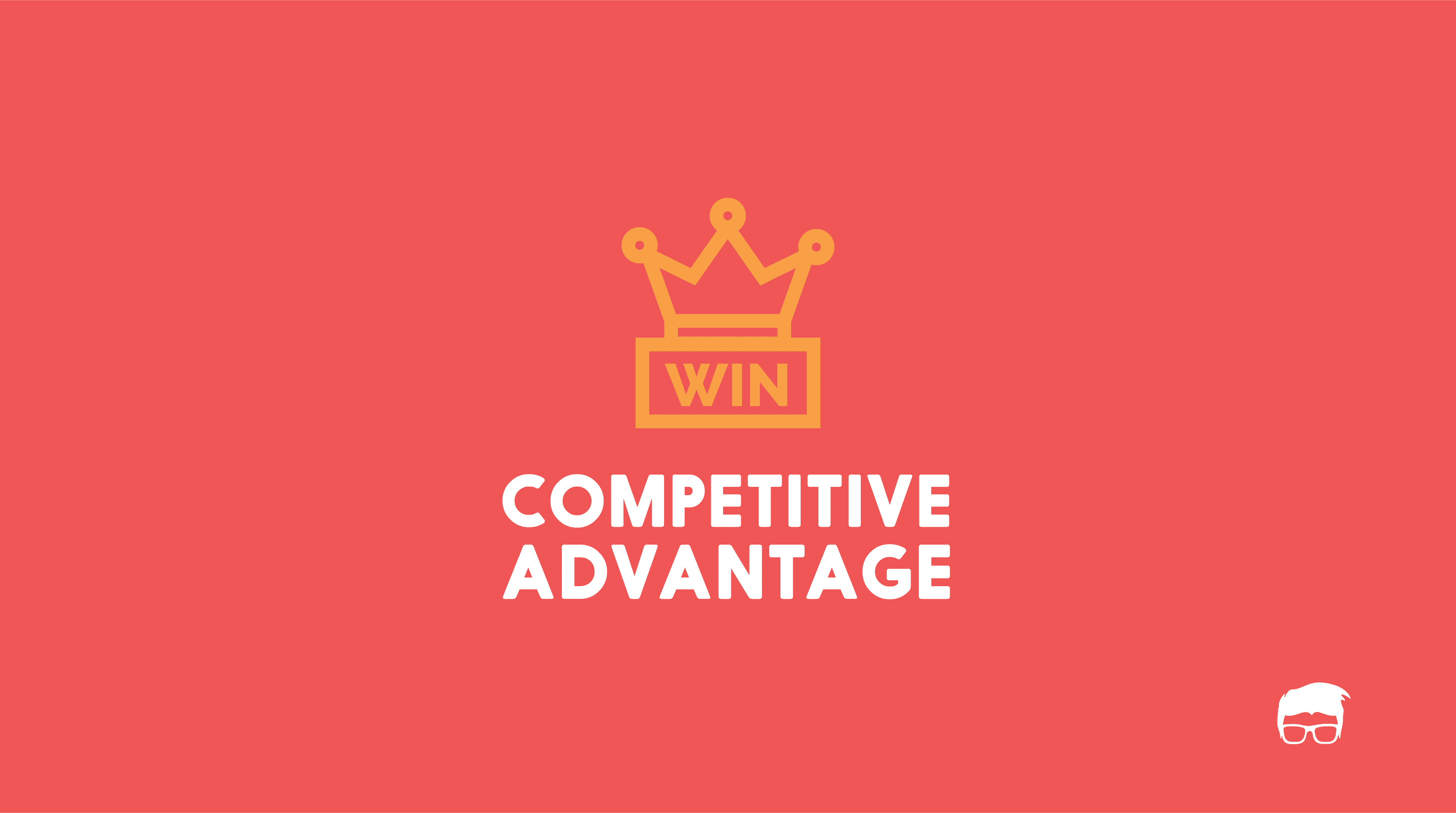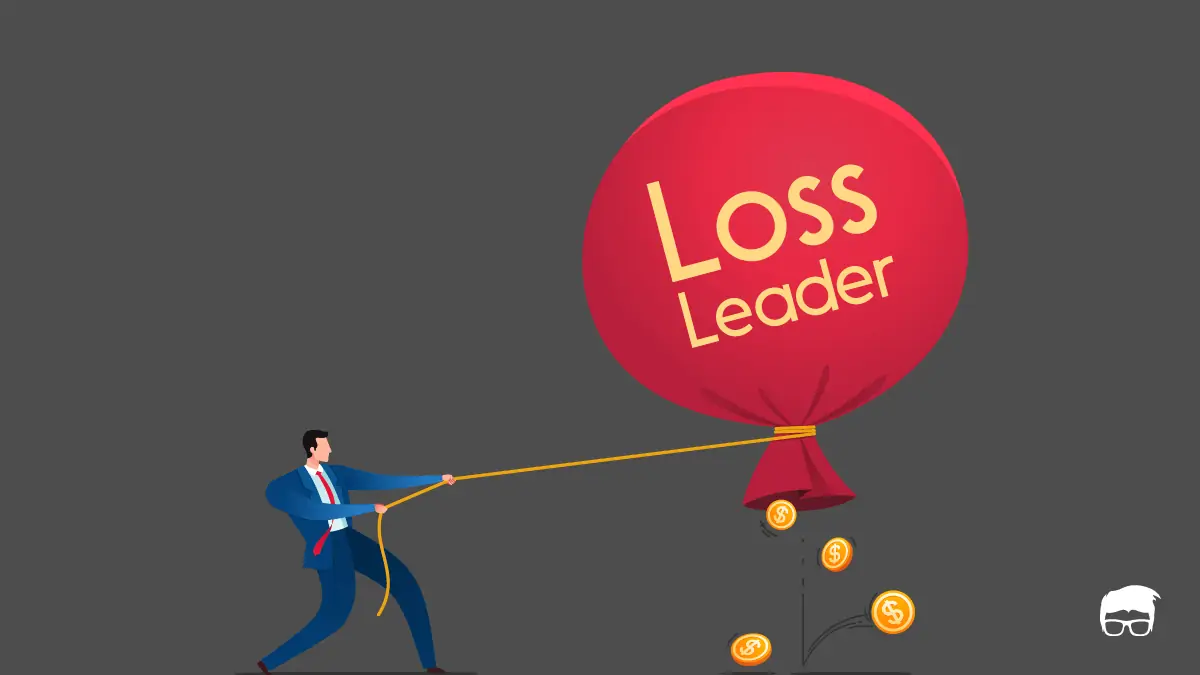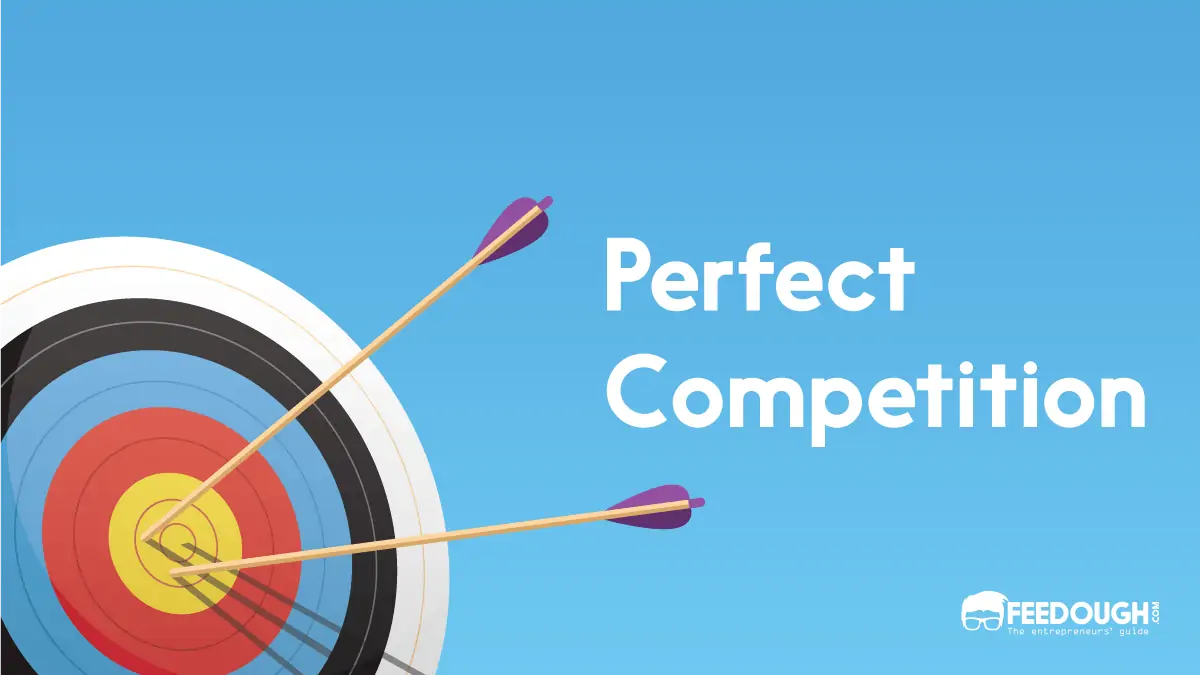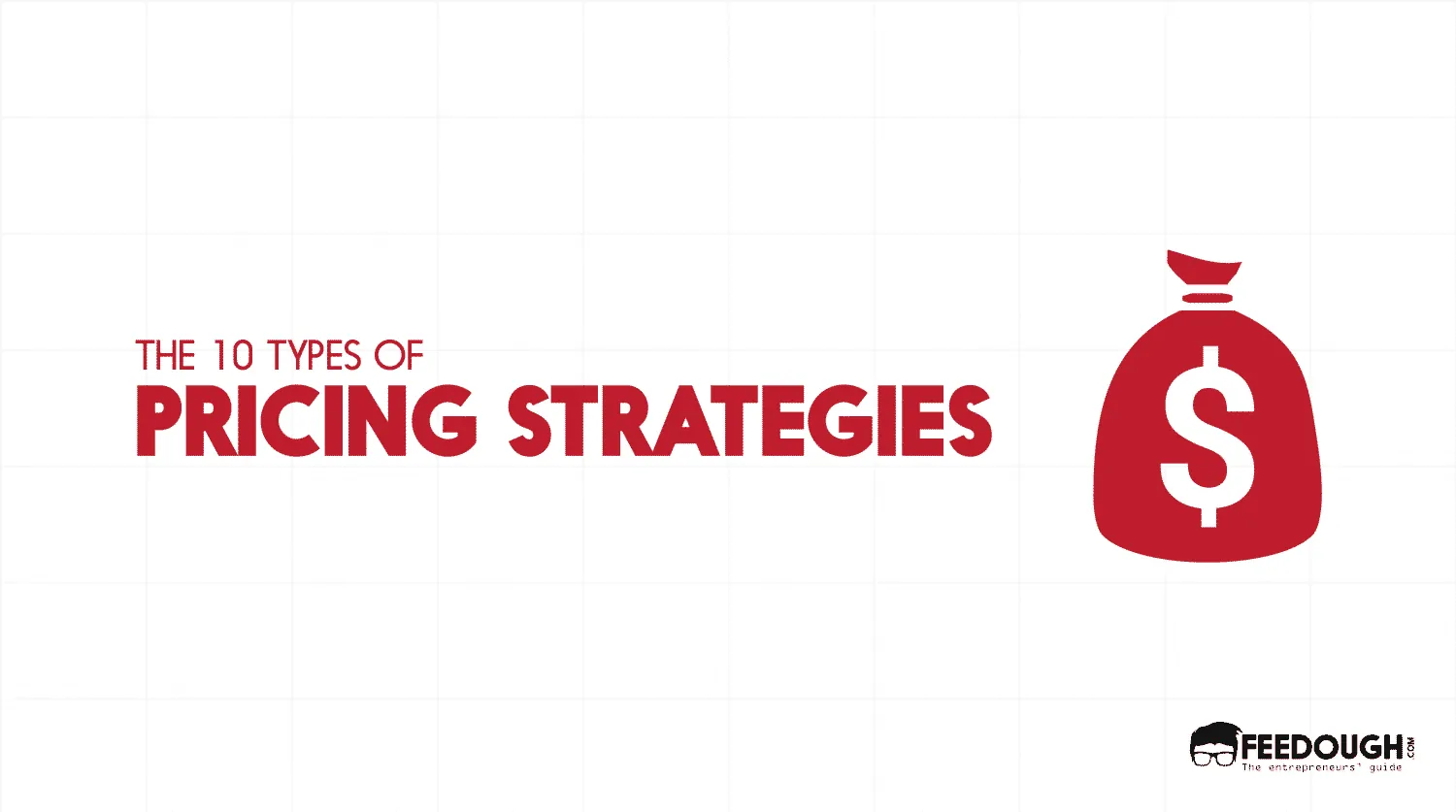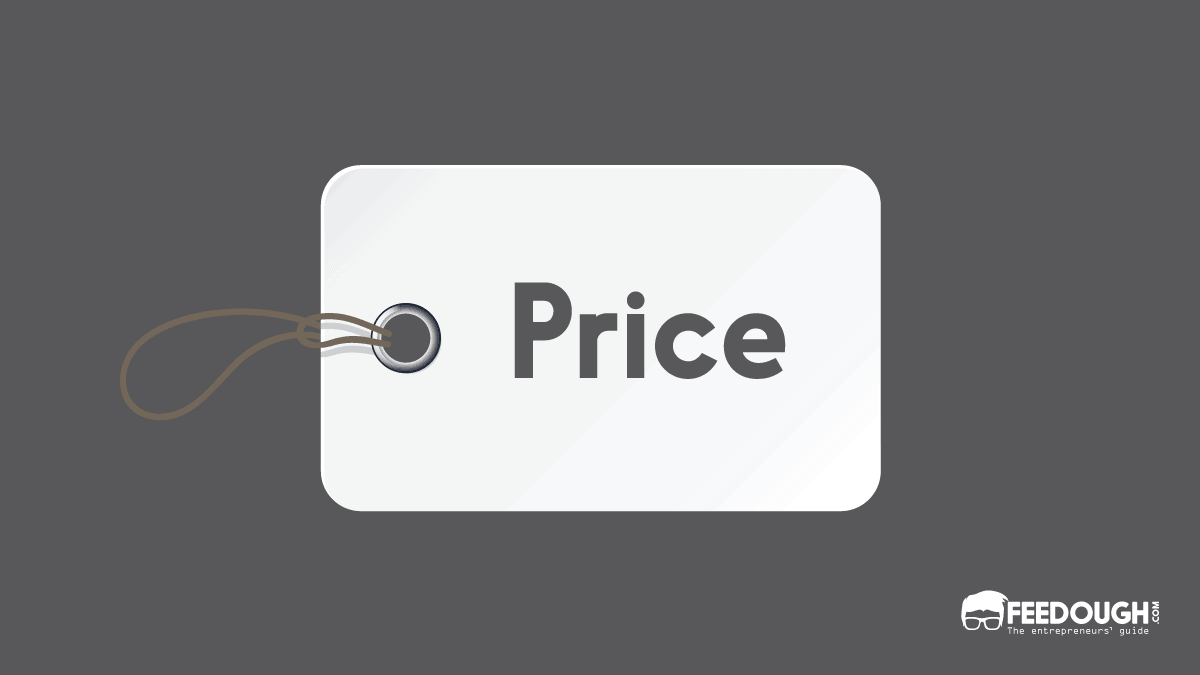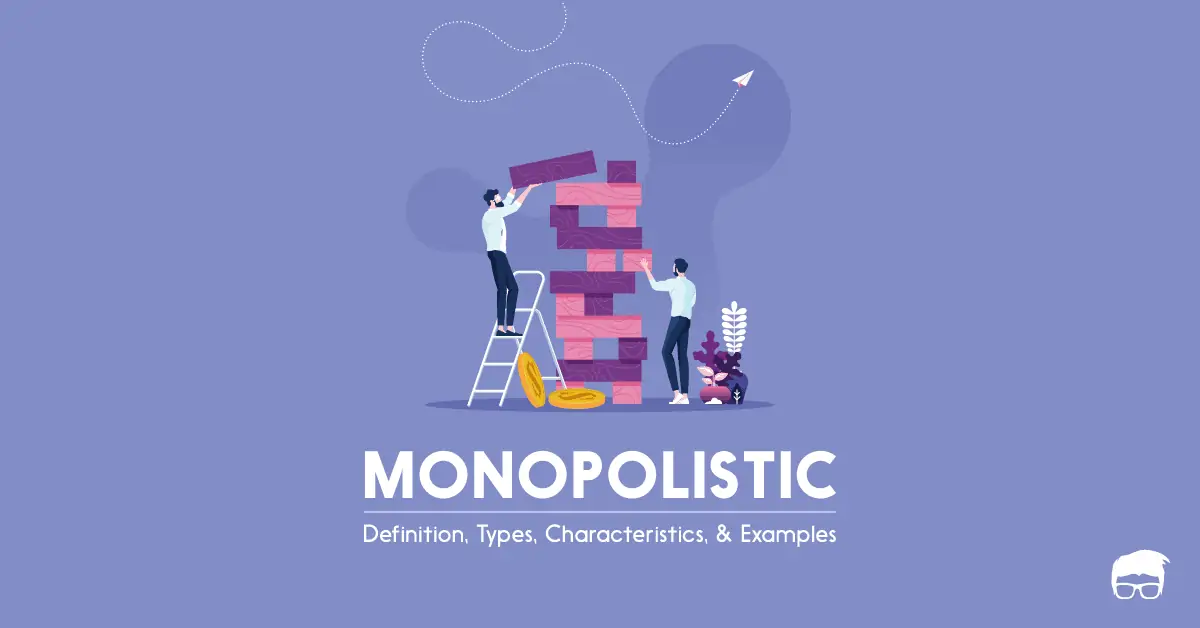Unless you have a money-bearing tree in your backyard, I’m sure you’ve always searched an extra place or went an extra mile, just to purchase an item that’s available at a lower price. After all, most of us are used to reading tags from right to left; because the price is what matters more than anything else.
But have you ever wondered how companies manage to sell products at comparatively lower rates? And why do they even do so?
This is accomplished with the help of a marketing strategy called cost leadership. Cost leadership helps you gain a competitive advantage over your competitors in a price sensitive market.
What Is Cost Leadership?
Cost Leadership is the mechanism of establishing a competitive advantage by having the lowest cost of operation in the industry. This strategy is especially beneficial in a market where the price is an important factor.
The primary objective of a firm aiming to attain cost leadership is to become the lowest cost producer in comparison to the competitors. This is usually achieved by large scale production which enables the firm to attain economies of scale or by innovating the production process.
Acquiring quality raw materials at the lowest price is the basic goal of a cost leadership strategy. Further, there is an additional requirement of quality labour who’ll convert these raw materials into valuable goods for the consumer.
But,
It needs to be noted that the way the cost of products differs from their price, similarly, cost leadership isn’t the same as price leadership.
The expenses incurred by a business in the process of bringing a product or service into the market is known as the cost; while the money which the customers pay for that product or service is known as its price. The value of the price is usually higher than the value of the cost.
Thus, the cost is the money which a company GIVES to the production and introduction of a product in the market (like labour, capital, materials, wages, bills, and other transaction costs). Whereas the price is the money which the company GETS from that product ( a total of the production costs and seller’s profit).
Cost Leadership ≠ Price Leadership
Although the two often go together, cost leadership is not necessarily price leadership. A company could be the lowest cost producer yet not offer the lowest-priced products or services, thus possessing higher profitability. A cost leader will be more profitable than a competitor at the same price point.
The profitability of cost leaders gives them room to innovate, manoeuvre, and survive as compared to their lower-margin competitors, especially in price centred industries.
The goal of a cost leading company is to reduce costs, and not just prices. Also, a company with the lowest prices isn’t necessarily the one with the lowest costs.
Now that we have possessed a good knowledge of cost leadership, let’s move on to achieving it in real life.
How To Achieve Cost Leadership
Although a little bit tricky, achieving cost leadership isn’t a tough deal.
A unique and effective cost leadership strategy which is better than the competitors is the key!
A cost leadership strategy works on the basic principle that more the number of units produced, lower will be the unitary cost. It exploits the scale of production, by producing highly standardized products using advanced technology. In short, a successful cost leadership strategy enables companies to sell more units sold at a lower margin per unit.
However, there are no shortcuts or escapes for a company aiming to achieve cost leadership in the long run. Either they have to commit to cost reduction or they lose the race.
Here are a few cost leadership strategies through which one can establish and maintain an upper hand:
- Economies of scale: Efficient production decreases the costs of production. Size of the company matters a lot when we talk about economies of scale. In short, larger the business, lower the costs.
- Advantages of size: Increased purchasing power is a major outcome of the advantages of size. In short, more the money given to the suppliers, more the likeliness of extracting unique deals that become advantages.
- Technology: Better and innovative technologies and methods of production are a major deal in cutting costs. In short, better the technology used by a business, more are its chances of staying a cost leader in the long run.
- Focus: A company needs not to be huge to be a cost leader in the market. Even if a company manages to produce just one product, but with full focus and efficiency, it can manage to become the cost leader in that field of the market. In short, more the focus that a company renders to its good, more are its chances of becoming a cost leader in that domain.
- Raw materials: Costs can be greatly reduced depending upon the amount of access a company has over the basic raw materials required for production. A company might pay huge sums for a particular resource, while another may not have to do so. In short, more the access of a company to potential raw materials, more are its chances of cutting costs as compared to competitors.
- Operating efficiency: Getting more tasks done in comparatively lesser time and costs emerge as a golden way of increasing efficiency and also, cutting costs. In short, the lesser the amount of money and time that a company spends on getting a task done, more are its chances of coming out as an effective and cost-advantaged company.
These were a few ways through which companies can cut on costs and improve their chances of becoming cost leaders in the market.
Now, let’s take a look at some of the successful cost leaders in today’s market.
Cost Leadership Examples
Aldi
Aldi has successfully cut down on excesses at every point of production and uses a no-frills marketing strategy too. As a result, is able to provide the consumers with quality products at low prices.
Amazon
Amazon offers maximum value for its customers at the lowest price and wraps its business around the customers wherein they find it to be a reliable portal for their online shopping needs.
McDonald’s
McDonald’s practices a division of labour by employing and training inexperienced staff instead of skilled cooks and thus manages to cut huge amounts of costs from the salaries of its employees.
Go On, Tell Us What You Think!
Did we miss something? Come on! Tell us what you think of our article on cost leadership in the comments section

A relationship marketing enthusiast, Kanika loves to work on the psychological dynamics of connecting with people. When not working, she can be found gazing at infinity.
